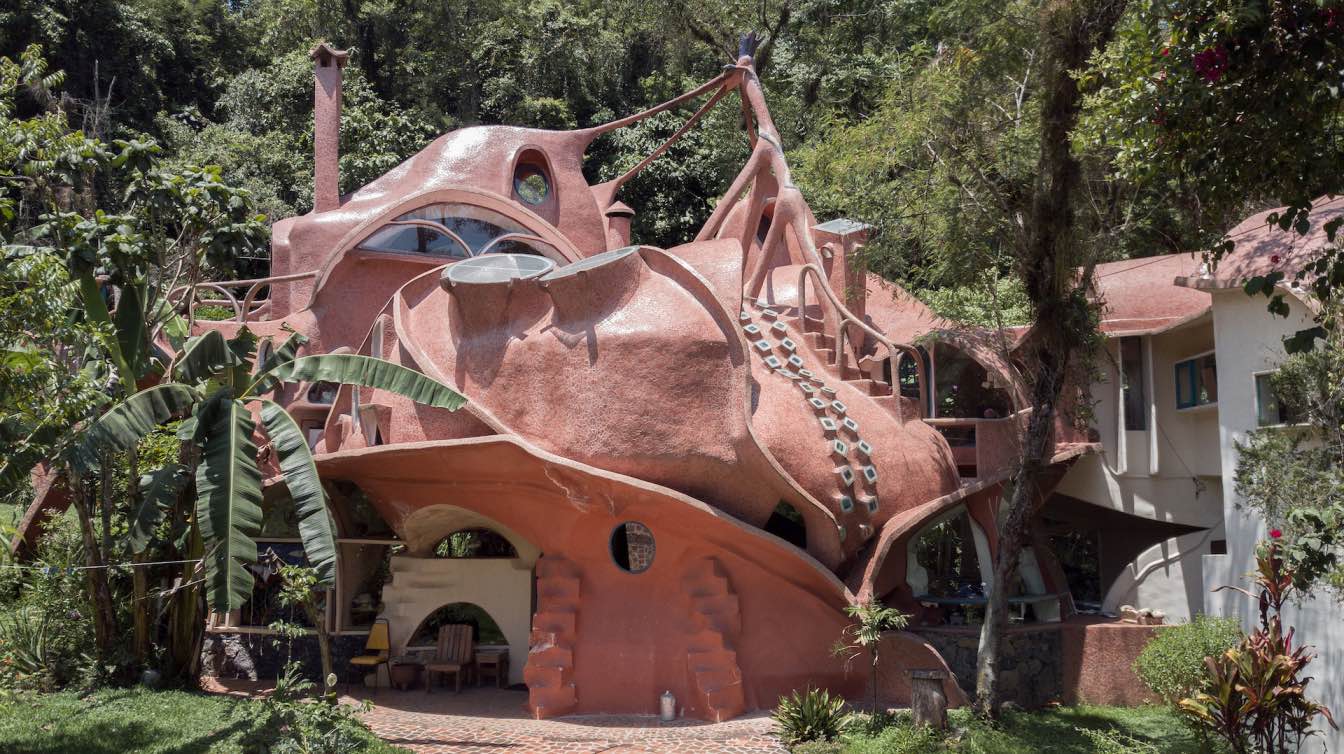In today’s fast-paced, urbanised world, the need to reconnect with nature has become more critical than ever. Biophilic design, a concept that integrates natural elements into the built environment, offers a solution by bringing the outdoors inside.
This approach enhances the aesthetic appeal of spaces and significantly improves the well-being of those who inhabit them. Biophilic design creates environments that foster health, reduce stress, and promote a sense of calm by incorporating elements like natural light, greenery, and organic materials.
Below, we’ll explore five fundamental principles of biophilic design that can transform any architectural space into a harmonious blend of nature and modern living.
Environmental Characteristics
Incorporating features such as natural light, water elements, vegetation, and organic materials not only enhances a property's aesthetic appeal but also provides a calming atmosphere that residents and tenants find rejuvenating.
Property management companies, such as Strata Town, a trusted Strata Management Perth company are increasingly preferring to incorporate these environmental characteristics into buildings. They understand the value of offering properties that connect occupants with nature.
Properties that feature lush greenery, water features, and ample natural light are more visually appealing and contribute to the mental and physical well-being of their inhabitants. This connection to nature helps reduce stress, improve focus, and increase overall living or working environment satisfaction.
Moreover, properties designed with environmental characteristics in mind tend to have higher market value and demand, as they resonate with eco-conscious tenants looking for spaces that reflect their values.
Property managers recognise that promoting properties with biophilic design features can attract discerning tenants seeking both luxury and a sustainable, nature-inspired living experience.
Natural Shapes and Structures
Natural shapes and structures are a key principle of biophilic design, drawing inspiration from the organic forms found in nature.
Geometric shapes in architecture create a unique blend of form and function, enhancing the beauty of home design. Organic forms like leaves, shells, and fractals bring tranquillity and connect homes to their natural surroundings.
Integrating these shapes into elements such as windows, furniture, and landscaping fosters a sense of harmony, seamlessly blending the built environment with nature. Architects can create aesthetically beautiful homes that are profoundly connected to their surroundings by taking inspiration from natural geometry.
Space And Lighting
Architects can create a more intimate relationship with nature by utilising natural light as much as possible and creating spacious and open areas.
Open spaces in architecture allow for integrating natural elements like vegetation and fresh air into urban landscapes, balancing functional and cultural needs. However, increasing urbanisation has reduced green spaces, impacting urban biodiversity.
This has prompted efforts to reintroduce open areas within urban development schemes. Meanwhile, light in architecture is crucial for highlighting shapes and creating unique spaces. Both natural and artificial lighting enhance aesthetics, functionality, and efficiency in design.
Large windows, skylights, and open floor plans allow sunlight to fill a space, creating a warm, inviting atmosphere that boosts mood and productivity. Additionally, the thoughtful use of space, emphasising openness and flow, promotes freedom and relaxation. Together, space and lighting in biophilic design help create vibrant and serene environments.
Place-based Relationship
Place-based relationships are a key principle of biophilic design, emphasising the importance of creating architectural spaces deeply connected to their specific location. This approach goes beyond aesthetics, aiming to reflect the area's cultural, ecological, and geographical characteristics.
Buildings can be in tune with their surroundings and those living in them by incorporating regional architectural traditions, natural vegetation, and locally sourced materials.
Such designs foster a sense of identity and belonging as they reflect the unique aspects of the surrounding landscape and culture. For instance, a building in a coastal area might incorporate materials like driftwood or designs that mimic the flow of water, connecting the structure to its natural setting.
This connection enhances the space's beauty and functionality and strengthens the emotional bond between people and their environment.
Architects that prioritise place-based relationships design environments that are deeply meaningful, contextually appropriate, and sustainable, hence fostering more occupant engagement with their surroundings.
Evolved Human-Nature Relationships
Evolved human-nature relationships are a fundamental principle of biophilic design, rooted in humans' deep connection with the natural world.
Our ancestors lived in close harmony with nature for thousands of years, and this bond has shaped our psychological and physiological well-being. In today’s urbanised environment, many of us are disconnected from these natural surroundings, leading to increased stress and reduced mental health.
Biophilic design seeks to restore this connection by integrating natural elements into our built environments. This includes using natural materials, plants, water features, and organic forms that mimic natural patterns.
Architects use these components to create environments that connect with our innate love of nature and foster tranquillity and well-being.
Spaces designed with evolved human-nature relationships in mind help reduce stress, improve cognitive function, and enhance overall life satisfaction. They remind us of our roots and offer a sanctuary where we can reconnect with the natural world, even within urban settings.
Conclusion
Biophilic design principles transform our thoughts about architecture and the built environment. Architects can design environments that are aesthetically pleasing and conducive to health and well-being by utilising the biophilic design in architecture. As the demand for sustainable and nature-inspired design continues to grow, these principles will play a crucial role in shaping the future of architecture.





